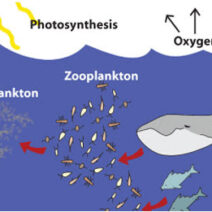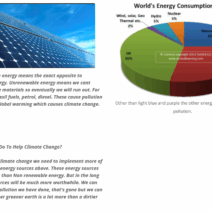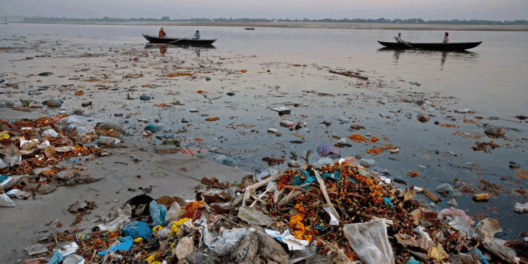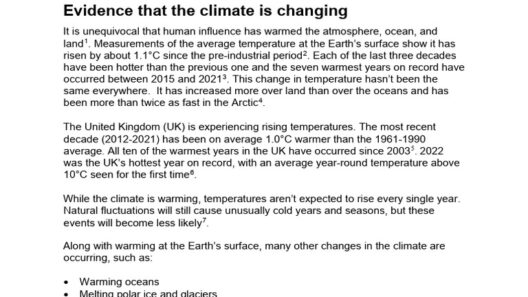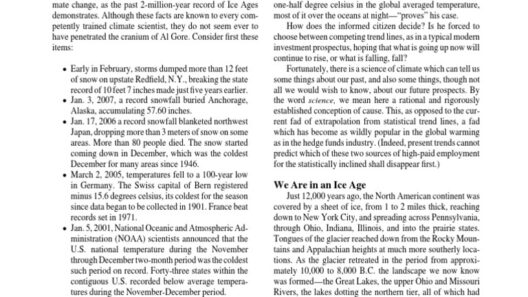The climate crisis we are facing today is no longer a distant specter. It is an urgent reality, one that demands immediate attention and robust action. As alarming as the data may appear, a question looms large in the minds of many: How to fix climate change? Is it still possible to reverse the trajectory we are on? The answer to that question demands exploration, delving into innovative solutions, collaborative efforts, and the human spirit’s indomitable will.
Climate change evokes an emotional response, bringing forth images of devastated landscapes, displaced families, and natural disasters that seem to escalate in frequency and intensity. Yet amid this somber reality lies a glimmer of hope. By re-evaluating our relationship with nature, embracing sustainable practices, and fostering a culture of responsibility, we are poised to transform this crisis into an opportunity for growth and renewal.
Before embarking on this daunting journey, it is imperative to understand the mechanisms driving climate change. The simple yet profound truth is that greenhouse gases (GHGs) emitted by human activities, particularly the combustion of fossil fuels, are the chief culprits behind global warming. However, it is not only about lowering emissions; it requires a fundamental shift in how we approach our existence on this planet.
The urgency calls for multifaceted strategies; no single solution can rectify the complexity of climate change. Here, we delve into the various avenues through which we can initiate expansive change.
Revolutionizing Energy Consumption
The energy sector is at the heart of the climate change narrative. Transitioning to renewable energy sources such as solar, wind, and hydropower is paramount. Not only do these alternatives produce negligible emissions, but they also promise a sustainable future. Investment in research and development is critical. Emerging technologies such as energy storage solutions and smart grids must be prioritized to enhance efficiency across energy systems.
Moreover, the aesthetic appeal of renewable energy cannot be overlooked. Vast solar farms stretching across deserts or wind turbines dancing gracefully against a backdrop of azure skies are not just functional—they are visual testaments to a cleaner future. Public investment and incentives in green technologies will inspire a public narrative of hope and possibility.
Empowering Sustainable Practices in Agriculture
A significant facet of climate change is rooted in agricultural practices. Conventional farming methods contribute substantially to greenhouse gas emissions. The solution lies in regenerative agriculture, which emphasizes practices that restore soil health, enhance biodiversity, and sequester carbon. Techniques such as cover cropping, agroforestry, and integrated pest management can transform agriculture from a climate antagonist to a champion.
The aesthetic allure of regenerative farming is striking. Imagine vibrant fields rich in flora and fauna, alive with the vibrant energy of thriving ecosystems. This approach not only enhances food security but also fosters a visual symphony of natural beauty—an emblem of sustainability in action.
Fostering Urban Resilience
As global population density increases, urban areas face disproportionate climate impacts. Cities must become resilient, grounding their foundations in smart urban planning. Green infrastructure, including urban forests, green roofs, and permeable pavements, can help mitigate the urban heat island effect, improve air quality, and bolster stormwater management. The transformation of concrete jungles into green oases captivates the imagination and provides both aesthetic pleasure and functional benefits.
Community engagement is vital in driving urban resilience. Residents must come together, embracing local initiatives that prioritize eco-friendly practices. Initiatives like community gardens, neighborhood clean-ups, and educational campaigns foster a palpable sense of unity, transforming urban landscapes into vibrant, community-driven ecosystems.
The Role of Policy and Governance
The government plays a pivotal role in combating climate change. Policymakers must prioritize ambitious commitments to emission reductions, leveraging a robust legal framework to promote sustainable practices. Carbon pricing mechanisms, subsidies for renewable energy, and stringent regulations on GHG emissions can guide businesses and individuals towards greener choices.
However, the aesthetics of policy must also reflect societal values. Public engagement in the policy-making process increases accountability and fosters transparency. When citizens are informed and involved, they develop a sense of ownership over their environmental future.
Cultivating Cultural Change
The fight against climate change extends beyond technological and political frameworks. A cultural shift towards sustainability must permeate all facets of society. Education systems must incorporate environmental literacy. Support for local artisans and sustainable products fosters a culture of mindful consumption.
Moreover, art and storytelling play a crucial role in shaping perceptions. Artists, writers, and filmmakers have the capacity to evoke emotion and inspire action. Visual art projects that highlight the beauty of nature and the impending threats it faces can galvanize audiences towards collective efforts. The elegance of these expressions serves as a potent reminder of the fragile beauty we must protect.
Conclusion: A Call to Action
The question remains: Is it still possible to fix climate change? The answer is not a simple “yes” or “no.” It is a complex interplay of responsibility, innovation, and collaboration. The future of our planet hangs in the balance; yet hope lies in our ability to harness our ingenuity and collective will. By revolutionizing energy consumption, transforming agricultural practices, fostering urban resilience, advocating for sound governance, and cultivating cultural change, we can pave a path toward a sustainable future.
Each of us plays a critical role in this endeavor. As we navigate the intricacies of the climate crisis, let us do so with determination and a profound appreciation for the world we seek to preserve.
